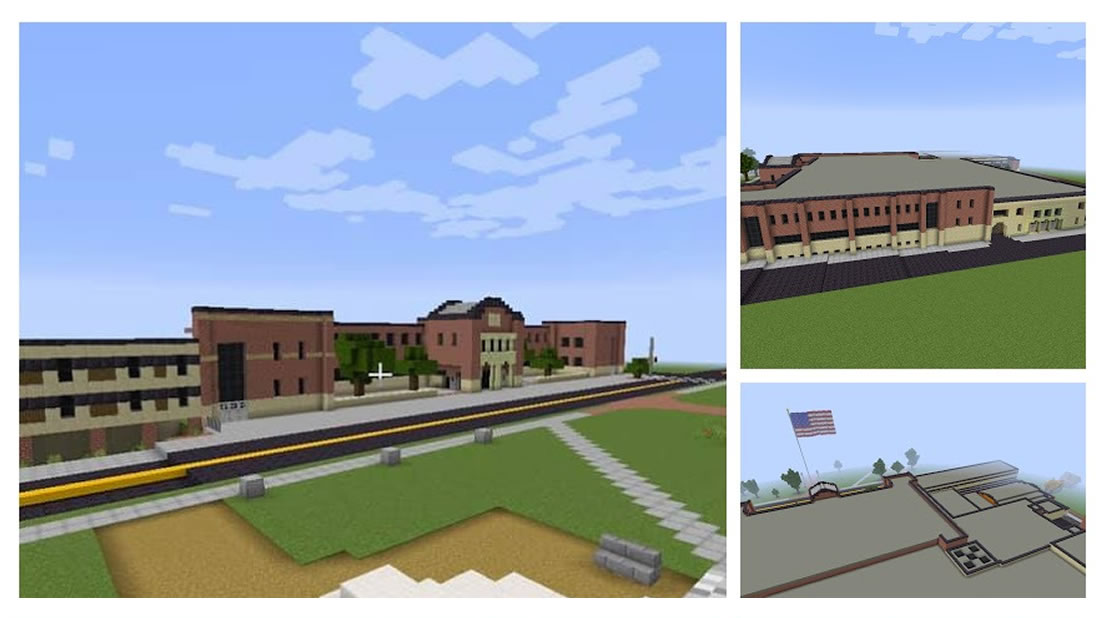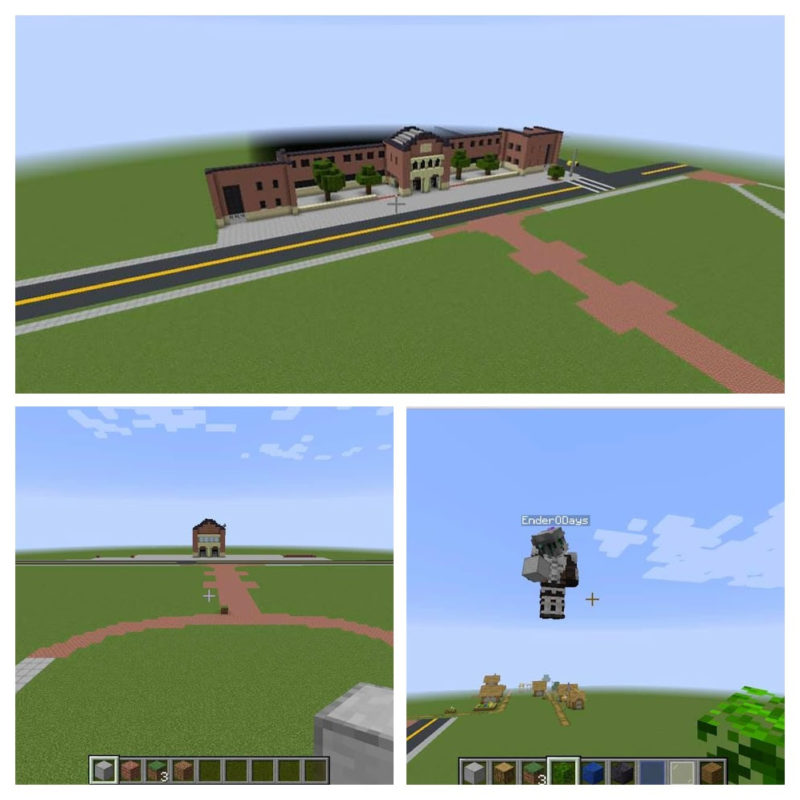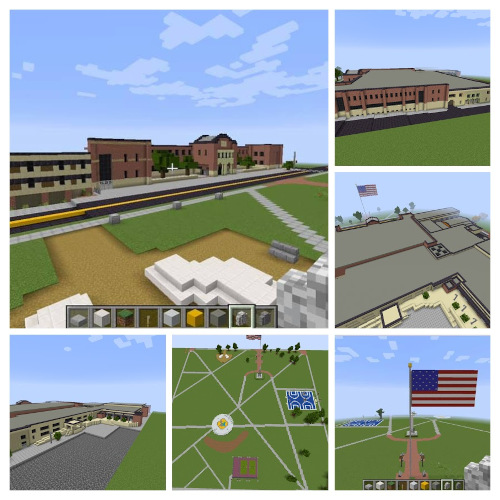
How to establish international collaboration with esports
A Pennsylvania school's esports team got a firsthand experience in international collaboration using a familiar tool--Minecraft
As the high school esports club advisor for the William Penn Cybercats, I have had the opportunity to work with my students on some pretty awesome projects. From building our club infrastructure to coordinating a beyond the games challenge, to organizing our first esports teams in Rocket League and Madden 21, and participating in North American Scholastic Esports Federation (NASEF) Minecraft builds. But as a 2020-2021 NASEF Fellow, I was encouraged to go beyond my building walls in a way that enhances cultural understanding and international collaboration.
In our tight urban community, I have seen students enjoy cultural experiences that built on their understanding of the world around them, but I have never helped coordinate them. For my NASEF Fellow Capstone project, I and another fellow, Ashley Sheehan from Windsor, United Kingdom, coordinated to have an international Minecraft Build. The task was simple: have a team from each town build a part of their world in this cross Atlantic server, and then discuss those buildings with each other in a live chat.
I banded a small group of students together, and gave them the task. They decided to build the school, William Penn Senior High School, and the park just outside of our main entrance, Penn Park. Both are iconic spaces in the community of York City, Pennsylvania. Ashley’s team of students were going to build their two schools, the Green Room School and the Green Room Sixth Form both in Windsor, UK.
We met virtually and recorded our venture to share with the world. This build in Minecraft and the consequential conversation afterwards, was a great showcase to formulate learning in a low lift, high ceiling environment. Students connected with other students in the United Kingdom.
The Beginning of the William Penn School Build

What we all learned
One of the earliest things I did was begin learning more about Minecraft myself. I began completing the Minecraft Education Edition Teacher Training, and it gave me some great tools to use as I explored Minecraft for the first time myself. Completing the course is thorough–there are badges for motivation and certifications that can be added to your teaching portfolio. I highly recommend completing this course at Microsoft’s Minecraft EDU Teacher Training.
Before helping build this project, I had very little knowledge of how to use Minecraft expertly–the students were my experts. Ashley set up the international server on GGservers, and there are many more out there to create such a Minecraft experience. I learned a lot about the differences between Minecraft Bedrock, Minecraft Java, and Minecraft Education Edition. Knowing the collaborative style of each and having coding to easily build out parts of the group builds made it easier to use just the Java edition on a shared server.
The students had such a great time showcasing their experience. The meeting was spectacular, and Mr. Sheehan did a great job in introducing us all to the Green Room School and discussing how its program works with students with special needs. The location for its esports team, Room Six, is located above a pub in Windsor, and allows students from age 16-25 to learn experientially. My students were amazed that a class would be located in a pub, because in the United States connecting alcohol to a school function is a big no-no. We had to have a conversation afterwards explaining that in the UK the legal drinking age is 18, and servers can be as young as 16. This cultural difference was an interesting discussion.
The students highlighted key elements of their build exceptionally, from the Penn Park Splash Pad and how the water attraction worked, to the redstone key swipe door in Room Six. The students added little elements to each build that went above and beyond the expectations of the educators in the room. The visible excitement to show off their builds was also a great collaborative learning experience. After the Cybercats team of Lucas and Ryon completed a tour of their build, Ren from the Green Room was ecstatic to show off his build, and his teammate Elliott’s build, who could not be with us on the day of our conversation.
From York, PA to Windsor, UK is a five hour time difference, so their late afternoon was our mid-morning. We had to coordinate with times to make sure everyone had adequate hours of sleep. My seniors had just graduated the night before our conversation and were still excited and willing to participate on their first day of summer break and hold the conversation with our Windsor team. Overall, our team put in about 40 hours of work on their build, and then learned new cultural relevance about students in another country. You can check out the full conversation on YouTube: NASEF Capstone Minecraft Build 2021.
The Green Room School in Windsor, UK

So how can other educators get involved in esports internationally? What Mr. Sheehan and I collaborated across the Atlantic is nothing new. International collaboration has been happening since the dawn of the internet, but now it is even easier to do. Small things, like hosting a Rocket League match with another team across the world, are also possible. If you want to get involved with an international team, look at NASEF’s registry, connect with other educators in the #esportsEDU realm on Twitter, or find the Discord Server and connect. Find another educator involved in esports and reach out. Reach out to me and ask for assistance–it is one of the highlights of my career in education to have helped put this together, and it was one of the easiest things to accomplish.
Find inspiration in other classrooms, look up Miles Harvey’s work on YouTube, Twitter or LinkedIn and see his middle school collaborations with schools from the United Kingdom, Iran, and Canada. Watch the NASEF led group from El-Bayan English School in Kuwait. All of these educators are connecting their students across the globe and making meaningful collaborations for their students to learn from each other. To begin, any educator can make some sort of collaboration an easy project, and students will be able to learn from one another.
The Final Build from William Penn Senior High School & Penn Park in York, PA
